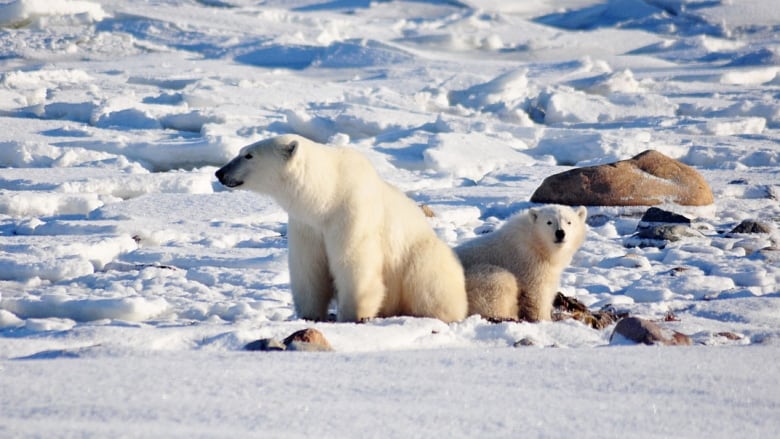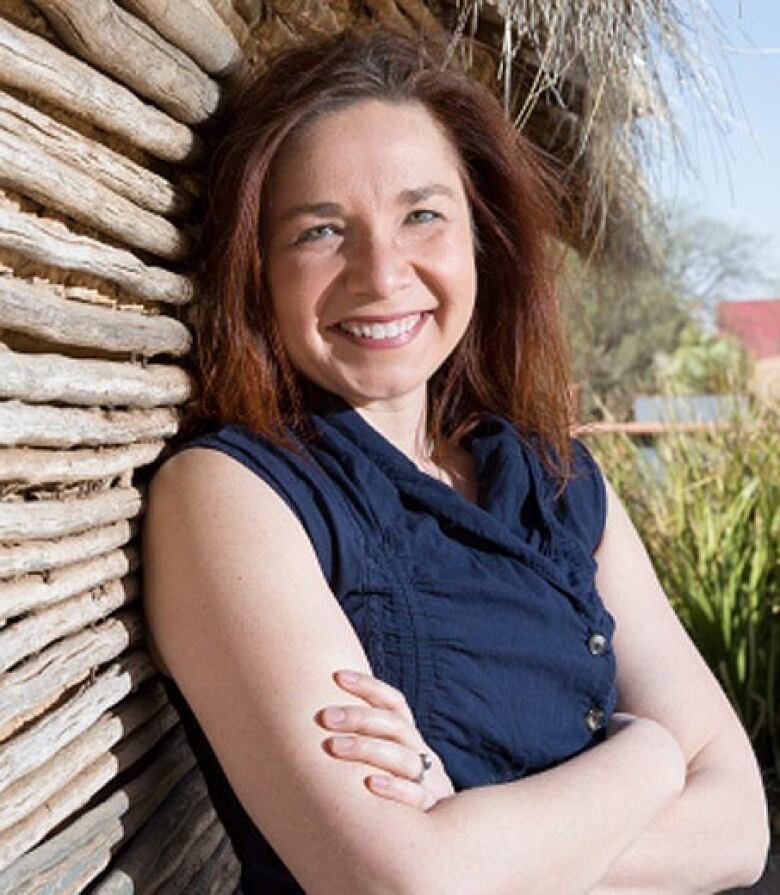Edmonton climate conference hears predictions for a warming province
'Connecting the dots between what we already care about passionately and the changing climate is key'

Katharine Hayhoe knows the image of a polar bear standing on a melting ice floe is what many people think of when they consider the effects of climate change.
She wants to change that.
"If the number one symbol of a changing climate is an animal that even most of us in Canada have not seen in the wild, why would we care?" she said in an interview on CBC's Edmonton AM Monday.

Hayhoe is among hundreds of scientists in Edmonton for the Cities and Climate Change Science Conference. The three-day event has brought in delegates such as Hayhoe, a Canadian-born atmospheric scientist who is now based in Texas.
While climate change is a global problem, people at the conference believe meaningful change can happen in citiesbe it Edmonton or Quito, Ecuador.
Hayhoe presented a paper to show how a warming planet will affect Alberta. She reports that for every degree of global mean temperature increase, Alberta will see:
- A 2 C increase in average winter temperatures and a 1.5 C increase in average summer temperatures
- A two-week lengthening of the frost-free season, and between a two- to four-week lengthening of the growing season, with greater changes in southern locations
- A 10 per cent increase in precipitation from September to April, with more rain falling than snow, and a decrease in dry days
The changes will affect agriculture, pest control, and energy demand, the report states.
"For example, as temperatures increase, the optimal growing zones for specific crops, as well as for entire ecosystems, such as the coniferous forest, will shift poleward. The geographic range of pests and diseases limited by cold winter temperatures will also expand northward."
Cities account for bulk of emissions
The conference opened Monday with remarks from Edmonton Mayor Don Iveson, federal Environment Minister Catherine McKenna, and provincial Environment Minister Shannon Phillips.
McKenna said events such as major floods and wildfires in Alberta show extreme weather events are happening more often in our own backyards.
While the 2015 Paris climate agreement focused on the commitments of countries, McKenna said other jurisdictions are stepping up.
"You're seeing business across the world, and you're also seeing cities," she said.
"Why are cities so critical? Because cities account for up to 70 per cent of emissions."
Mayor Don Iveson said action is happening from the bottomup.
"At the end of the day, cities influence at least half,if not 70 per cent, of the world's GHG emissions in things that we control directly, like where the City of Edmonton gets its fuel, and, energy and electricity from."
He also noted that how the municipality decides to dispose of solid waste affects methane gas emissions, while transportation infrastructure will ultimately shape the carbon footprint of citizens.












_(720p).jpg)


 OFFICIAL HD MUSIC VIDEO.jpg)
.jpg)



























































































